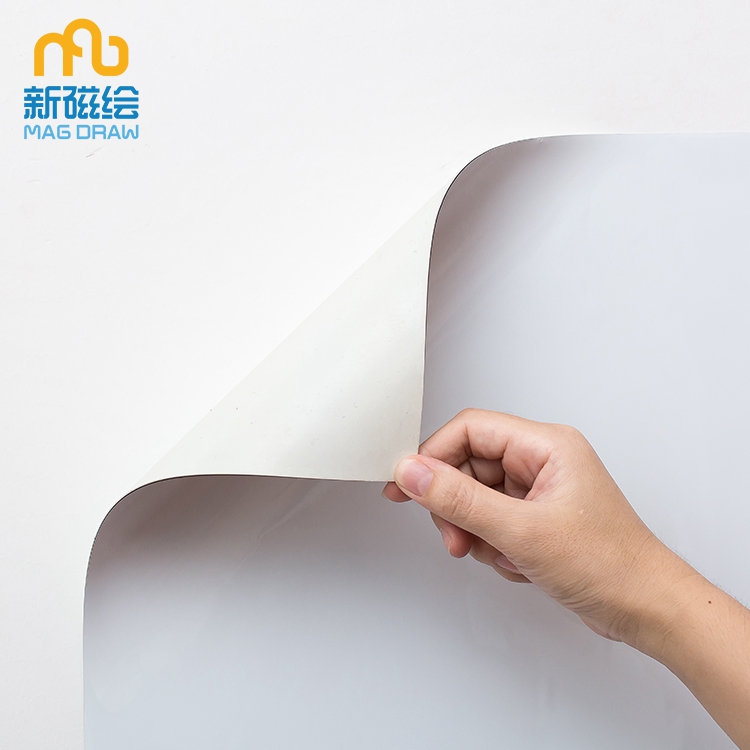Ozone content in the atmosphere is very small but it is the main factor for rubber cracking. The ozone aging test box simulates and strengthens the ozone conditions in the atmosphere, studies the rule of ozone on rubber, and quickly identifies and evaluates the resistance of rubber to ozone aging and ozone resistance The method of protective effect of the agent, and then take effective anti-aging measures to improve the service life of rubber products.
We also have certain requirements for the test conditions in the ozone test, such as ozone concentration, temperature, relative humidity and elongation, then let ’s take a look at it together.
1. Ozone concentration: The ozone concentration (volume fraction is 10ˉ?) Available for the ozone test of the sample are: (25 ± 5) × 10ˉ ?, (50 ± 5) × 10ˉ ?, (100 ± 10) × 10ˉ ?, (200 ± 20) × 10ˉ ?; if necessary, other higher concentrations can also be used.
Unless otherwise specified, it is generally tested at an ozone concentration of (50 ± 5) × 10ˉ ?. The ozone concentration used in the test should be selected according to the degree of resistance of the oak corpus callosum to ozone cracking and use conditions. If you know that rubber is used in a low ozone concentration environment, only a low ozone concentration test is required. It is recommended to test at a concentration of (25 ± 5) × 10ˉ ?. If it is used under high ozone concentration environment, it is recommended to test at (100 ± 10) × 10ˉ? Or (200 ± 20) × 10ˉ? Concentration. (Note: The ozone concentration can be expressed by the ozone partial pressure MPa 1 × 10ˉ? The ozone concentration is equivalent to the ozone partial pressure of 1.01MPa).
2. Ozone test chamber temperature: The most suitable test temperature is 40 ℃ ± 2 ℃. Other temperatures can also be selected according to the usage environment, for example, 30 ℃ ± 2 ℃ or 23 ± 2 ℃, but the results obtained using these temperatures are different from the test results when using 40 ℃ ± 2 ℃. (Note: It is possible to encounter significant changes in temperature in the application, it is recommended to use 2 or more temperatures included in the application range).
3. Relative humidity: At the test temperature, the relative humidity of ozonized air generally does not exceed 65%. Excessive humidity will affect the test results; for products used in humid climates, the test should be conducted at 80% to 90% relative humidity.
4. Elongation: Usually one or more of the following elongations are selected for testing: 5% ± 1%, 10% ± 1%, 15% ± 2%, 20% ± 2%, 30% ± 2%, 40% ± 2%, 50% ± 2%, 60% ± 2%, 80% ± 2%. (Note: The elongation used in test methods A and B should be similar to the elongation in actual use of the sample).
Removable Adhesive Whiteboard
Removable Adhesive Whiteboard is is a kind of portable whiteboard with removable adhesive. The unique adhesive added removal for on-the-go mobility to the self adhesive whiteboard. Not only will it not fall off easily, but will remain sticky after washing if the adhesive surface is dirty.
Removable Whiteboard,Removable Adhesive Whiteboard,Movable Whiteboard,Removable Wallpaper
Guangzhou New Magnetics Technology Co.,Ltd , https://www.softwhiteboard.com
